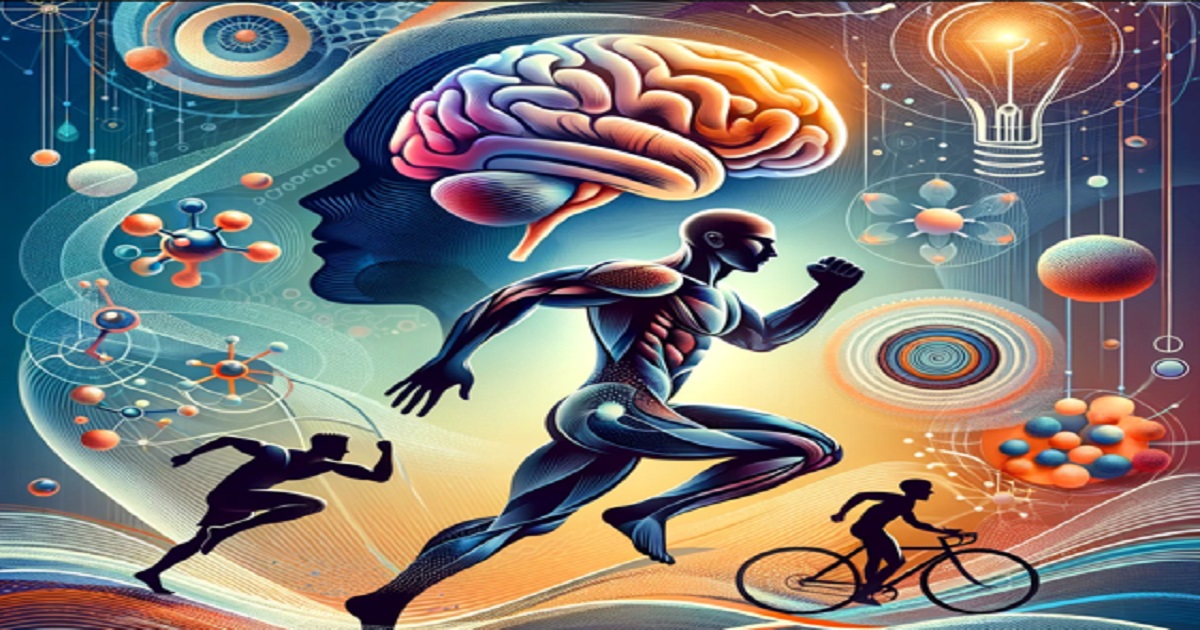Mind in Motion: Exploring Neuropsychophysiological Aspects of Sports Performance, Health and Physical Activity
A special issue of Brain Sciences (ISSN 2076-3425). This special issue belongs to the section "Sensory and Motor Neuroscience".
Deadline for manuscript submissions: closed (1 May 2025) | Viewed by 22965

Special Issue Editor
Interests: sport; exercise; psychophysiology; performance
Special Issues, Collections and Topics in MDPI journals
Special Issue Information
Dear Colleagues,
This Special Issue delves into the fascinating intersections of the human mind, body, and athletic engagement. In an era where sports and physical activity are integral to well-being, understanding the neuropsychophysiological dimensions is of pivotal importance. Historically, pioneers in the late 19th and early 20th centuries laid the foundation by exploring the role of mental states and physiological responses in sports. As technology advanced, so did our ability to examine the brain–body relationship during physical activity. Today, with cutting-edge tools such as neuroimaging and wearable sensors, we can unravel the secrets of neuropsychophysiology in ways never before possible.
The importance of this Special Issue lies in its potential to revolutionize sports, health, and physical activity domains. Insights into the brain–body relationship during sport-related activity offer promising avenues for enhancing athletic performance, optimizing training regimens, and preventing injuries. Moreover, this knowledge has broader implications for public health by promoting an active lifestyle and mitigating sedentary behavior.
Within this Special Issue, we provide a comprehensive overview of current research in neuropsychophysiology within the context of sports and physical activity. By fostering interdisciplinary collaboration, we aim to propel scientific advancements, inspire innovative approaches, and influence the practice of sports science and medicine. Within this Special Issue, we cordially invite scientists, researchers, and experts to contribute their latest research and findings. We encourage you to submit your original scientific papers addressing neuropsychophysiological aspects within the context of sports, health, physical activity, and motor performance (i.e. military contexts). Your contributions will play a crucial role in expanding our knowledge and promoting significant advancements in these key fields. We await your valuable contributions.
Prof. Dr. Ricardo De La Vega Marcos
Guest Editor
Manuscript Submission Information
Manuscripts should be submitted online at www.mdpi.com by registering and logging in to this website. Once you are registered, click here to go to the submission form. Manuscripts can be submitted until the deadline. All submissions that pass pre-check are peer-reviewed. Accepted papers will be published continuously in the journal (as soon as accepted) and will be listed together on the special issue website. Research articles, review articles as well as short communications are invited. For planned papers, a title and short abstract (about 250 words) can be sent to the Editorial Office for assessment.
Submitted manuscripts should not have been published previously, nor be under consideration for publication elsewhere (except conference proceedings papers). All manuscripts are thoroughly refereed through a single-blind peer-review process. A guide for authors and other relevant information for submission of manuscripts is available on the Instructions for Authors page. Brain Sciences is an international peer-reviewed open access monthly journal published by MDPI.
Please visit the Instructions for Authors page before submitting a manuscript. The Article Processing Charge (APC) for publication in this open access journal is 2200 CHF (Swiss Francs). Submitted papers should be well formatted and use good English. Authors may use MDPI's English editing service prior to publication or during author revisions.
Keywords
- neuropsychophysiology
- sports performance
- physical activity
- brain–body interaction
- psychophysiological responses
- health and well-being
Benefits of Publishing in a Special Issue
- Ease of navigation: Grouping papers by topic helps scholars navigate broad scope journals more efficiently.
- Greater discoverability: Special Issues support the reach and impact of scientific research. Articles in Special Issues are more discoverable and cited more frequently.
- Expansion of research network: Special Issues facilitate connections among authors, fostering scientific collaborations.
- External promotion: Articles in Special Issues are often promoted through the journal's social media, increasing their visibility.
- Reprint: MDPI Books provides the opportunity to republish successful Special Issues in book format, both online and in print.
Further information on MDPI's Special Issue policies can be found here.






